When Netflix released its live-action adaptation of Death Note in 2017, fans of the original anime and manga did not hold back in voicing their disapproval for the reinterpretation. From casting decisions, to plot deviations, it truly felt like every creative choice was controversial right out of the gate. The movie received harsh reviews and currently sits at 36% rotten on Rotten Tomatoes, with many calling it a prime example of Hollywood’s failure to properly adapt anime.
However, seven years later, the film's reputation has softened, and upon revisiting it, it's clear that the Death Note movie didn't deserve half the hate it received. The movie may have failed to appease longtime fans of the original work, yet the film has quite a few merits. While the backlash is understandable given how highly regarded the source material is, it also completely overshadowed things the film did well, and it deserves more credit.
Reimagining Death Note for a Western Audience Was Always Going To Be Risky
The Hollywood Film Took a Lot of Creative Liberties in Recreating Death Note
Recreating Death Note for a Western audience was an inherently bold move, given the cultural complexities that made the story what it was and still is. The anime and manga explored the themes of morality, justice, and power through the use of Shinigami, a Japanese death god, and the societal expectations placed on Light Yagami. Adapting it to a Western framework meant having to alter the story’s context in order to best resonate with a different audience, which naturally felt off-putting to many of the original fans, who likely wanted a more faithful adaptation of Death Note.
The decision to set the story in Seattle, Washington, was part of the adaptation’s plan to cater to a Western audience. In doing so, the filmmakers traded the more structured and academic backdrop of Japan for a grittier and more individualistic American background. An even larger change was the main character. Unlike Light Yagami, a well-adjusted and diligent student, Light Turner is an average student, rebellious, and dealing with grief after the murder of his mother. These changes alienated many original fans, but they were made with the intention of setting the scene for themes like corruption and personal vendettas.
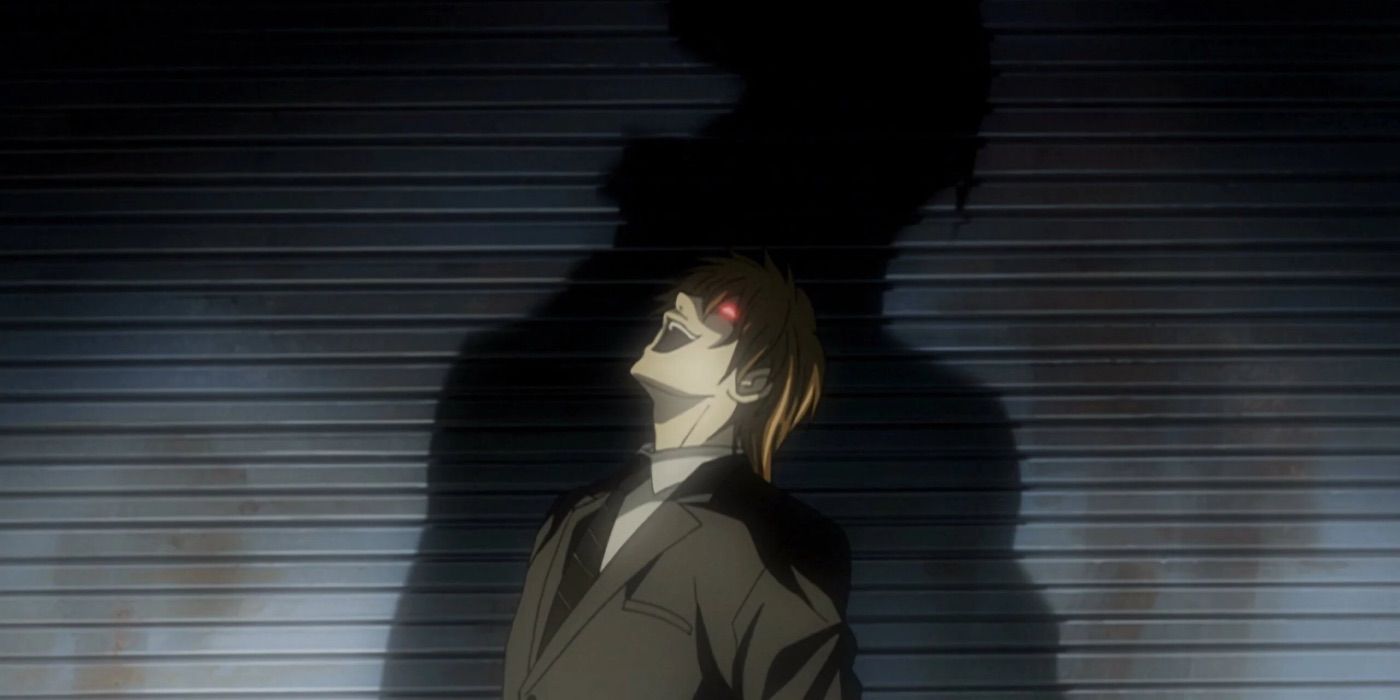
Related
Decades Later & Death Note Is Still My Favorite Anime For One Big Reason Many Western Viewers Completely Missed
Death Note pulls inspiration from the world’s two most practiced religions, and that's one of the reasons it's so remarkable.
The Western film took significant risks in changing the background of multiple characters, including the dynamic between them and Light compared to their original counterparts. For example, L and Light’s intellectual rivalry was the backbone of the original story, yet in the film, it was changed to be more of an emotionally driven dynamic. L’s vulnerability, paired with Light’s impulsiveness, created a different type of tension compared to the methodical game of wits in anime and manga. Similarly, Mia Sutton, the new version of Misa Amane, was given a much more active role, becoming a manipulator rather than blindly infatuated.
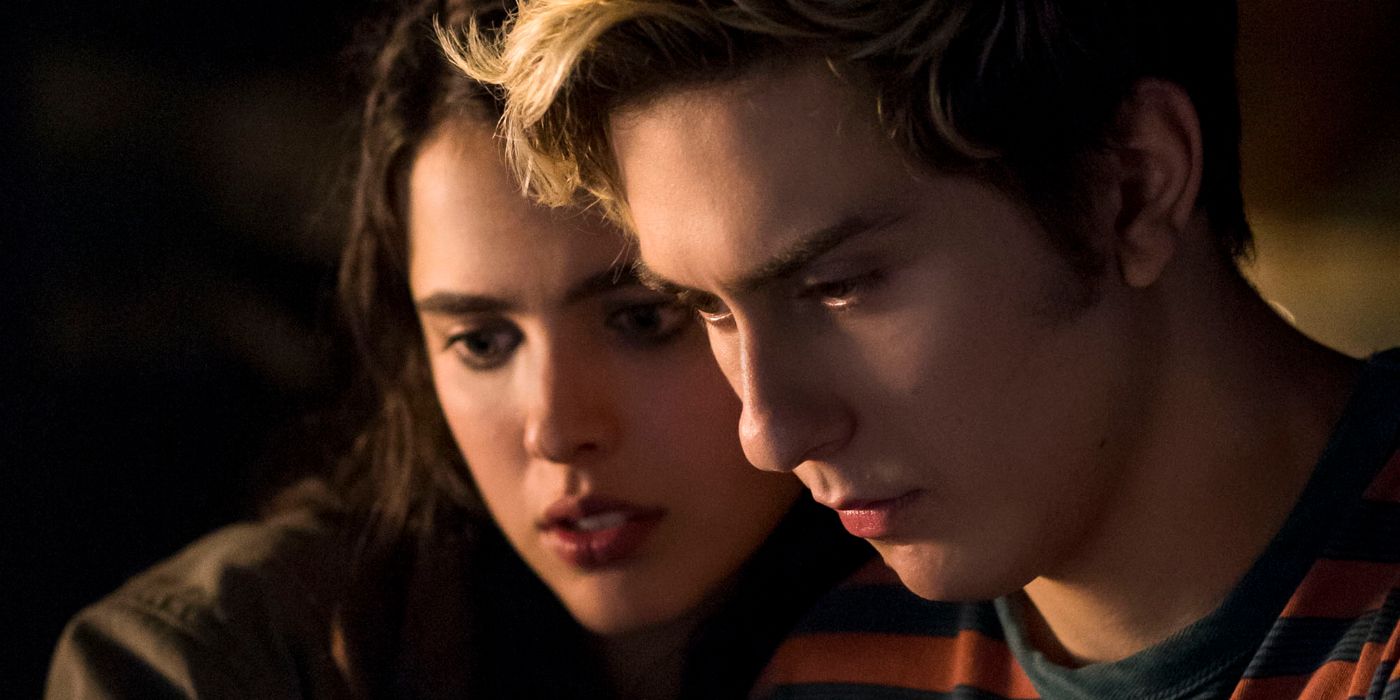
These risks in altering the characters and dynamics of Death Note were done with the intention of finding a balance between authenticity as well as approachability with Western audiences. Staying too faithful to the original Death Note would have alienated the target Western audience while altering the story inevitably created a lot of backlash from longtime fans. However, even knowing this, the production confronted the challenge head-on, taking what they saw as necessary risks and creative liberties to recreate the story for a wider audience. Even though the execution was divisive, the cultural translation of the story was always going to be difficult.
Netflix’s Live-Action Death Note Even Earned Unexpected Praise From the Original Creators
The Creators of Death Note Described the Netflix Film as “Definitely Hollywood’s Death Note”
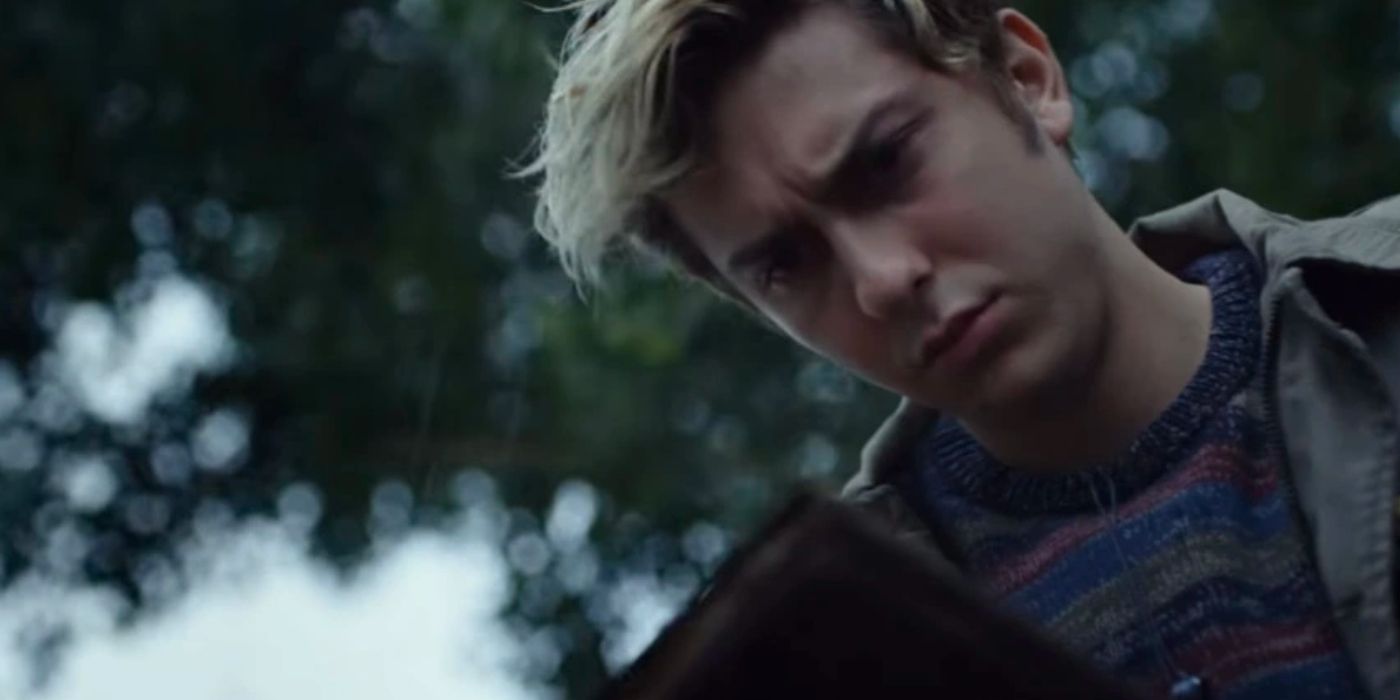
After the film’s release, the creators of Death Note, Tsugumi Ohba and Takeshi Obata, surprised many fans when they offered the Netflix live-action praise. In interviews following the movie, both creators acknowledged the significant changes made to their original work and seemed to appreciate the creative liberties taken to reimagine the film. While these liberties were divisive among fans and earned the film harsh criticism, the creators of Death Note looked at it from a much more positive perspective. Ohba offered the following praise:
“It was more interesting than I expected. Every bit of it is high quality and very fashionable, it’s definitely Hollywood’s Death Note. I think a wide range of people can enjoy this movie, not just fans, because there are parts that follow the original work but also changes, too.”
In describing the film as “Hollywood’s Death Note,” Ohba emphasized that it was always intended to be a new take on the story rather than a direct live-action copy. This was supported by Obata, the series’ original artist, who also expressed admiration for the film’s visual direction. He noted that the stylistic choices made gave the film a “class ‘A’ thriller” atmosphere, emphasizing that the adaptation was aesthetically appealing, and the dynamic storytelling was done well. Takeshi Obata’s full statement endorses Netflix’s Death Note and praises the inspired direction it took:
“I hope that people overseas who did not know Death Note until now can enjoy watching it on Netflix. Adam Wingard's visual beauty and thrilling directorial are splendid and create a class ‘A’ thriller. This is the kind of the Death Note I’d like to draw as well.”
This praise is a stark contrast to the largely negative reception the film received from audiences and critics, many of whom struggled to separate the film from the original material. However, the Death Note creators’ approval suggests that the differences made in the film were less about undermining the story and more about exploring its themes through a different cultural lens. By framing the adaptation as “Hollywood’s Death Note,” Ohba and Obata encouraged audiences to view the film on its own terms with its own identity, pushing for the idea that creative reinterpretations can coexist alongside the original work.
The Netflix Adaptation Didn’t Change the Core Themes of the Original Work
The Alternative Take of Death Note Was Criticized Too Harshly for Not Falling In Line With the Original
Netflix’s adaptation of Death Note, despite the creative alternations, remained in line with the central idea. Light Turner’s descent into moral ambiguity mirrored Light Yagami’s arc, showing how unchecked power can twist and corrupt people no matter where they come from. Moving the story to an American context is bound to involve major changes, but Netflix’s Death Note still explored the themes of power and justice in a way that resonated with a different target audience.
Shifting the narrative into a Western framework opened the doors for people, who may not have looked at Death Note otherwise, a chance to see what it was about. The film’s aim was not to emulate the original work entirely but rather to take its core themes and see what could become of them from a different perspective. The result was a film that questioned the morals of whether someone should have the right to act as judge, jury, and executioner when under the influence of single-minded ideas of justice.
While the setting and characters are vastly different from the original Death Note, the film’s philosophical and moral core remain largely the same. The live-action movie was never meant to be a direct adaptation. Instead, it was designed to stand on its own by exploring the consequences of a student who feels powerless and left behind by the justice system coming into possession of the notebook. The result could be taken as messy and even chaotic, but the fact is, it’s also an intriguing alternative take that remains rather faithful to the core themes.
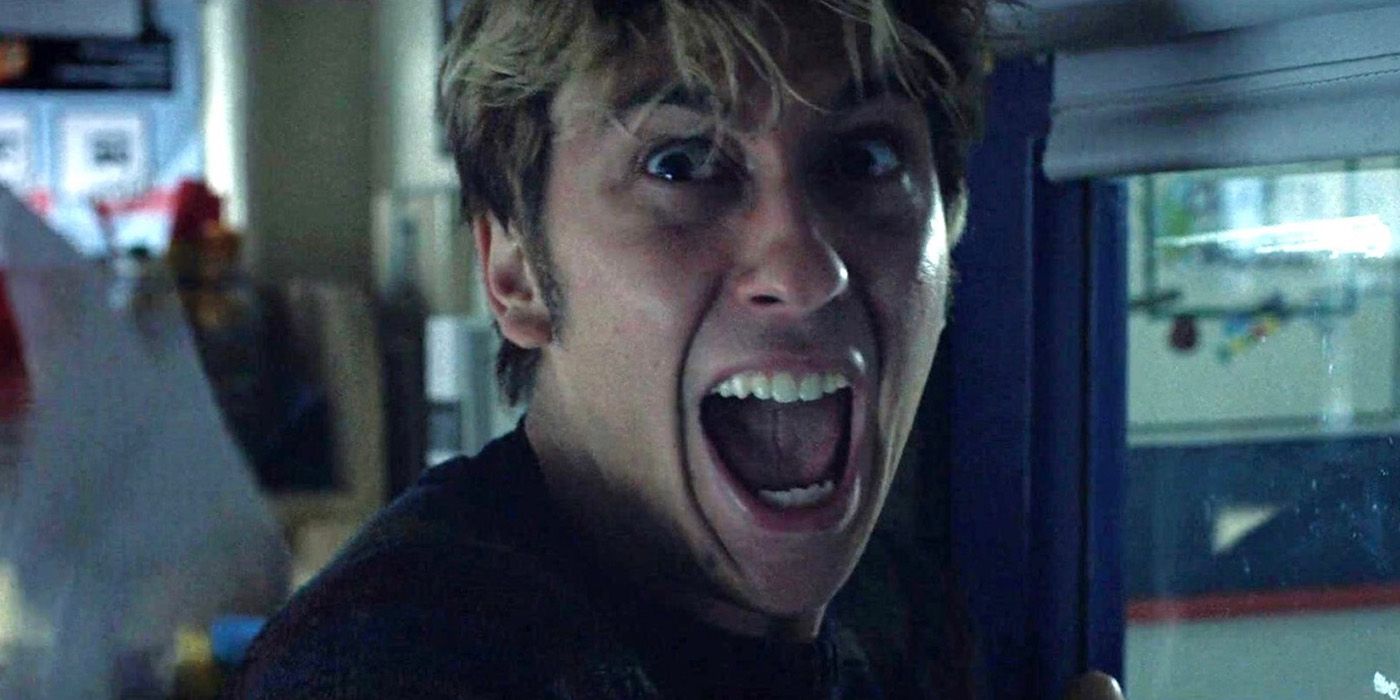
Related
Death Note 2 Will Take Fan Criticism Of First Movie Into Account
Producer/star Masi Oka offers an update on development of Death Note 2 and promises fan criticism of the first film is being taken into account.
Despite its flaws, the film received too much criticism for its alternate take. It could never match the brilliance of the original, but it was never intended to outshine it, and frankly, it doesn’t have to. The film created a fresh perspective and pushed the boundaries of what a creative adaptation could look like. While it wasn’t perfect, its ambition and willingness to bend the story deserves its own recognition. For those willing to view it on its own terms, Hollywood’s Death Note stands as a unique reinterpretation that allows a wider audience to explore the heart of the story.
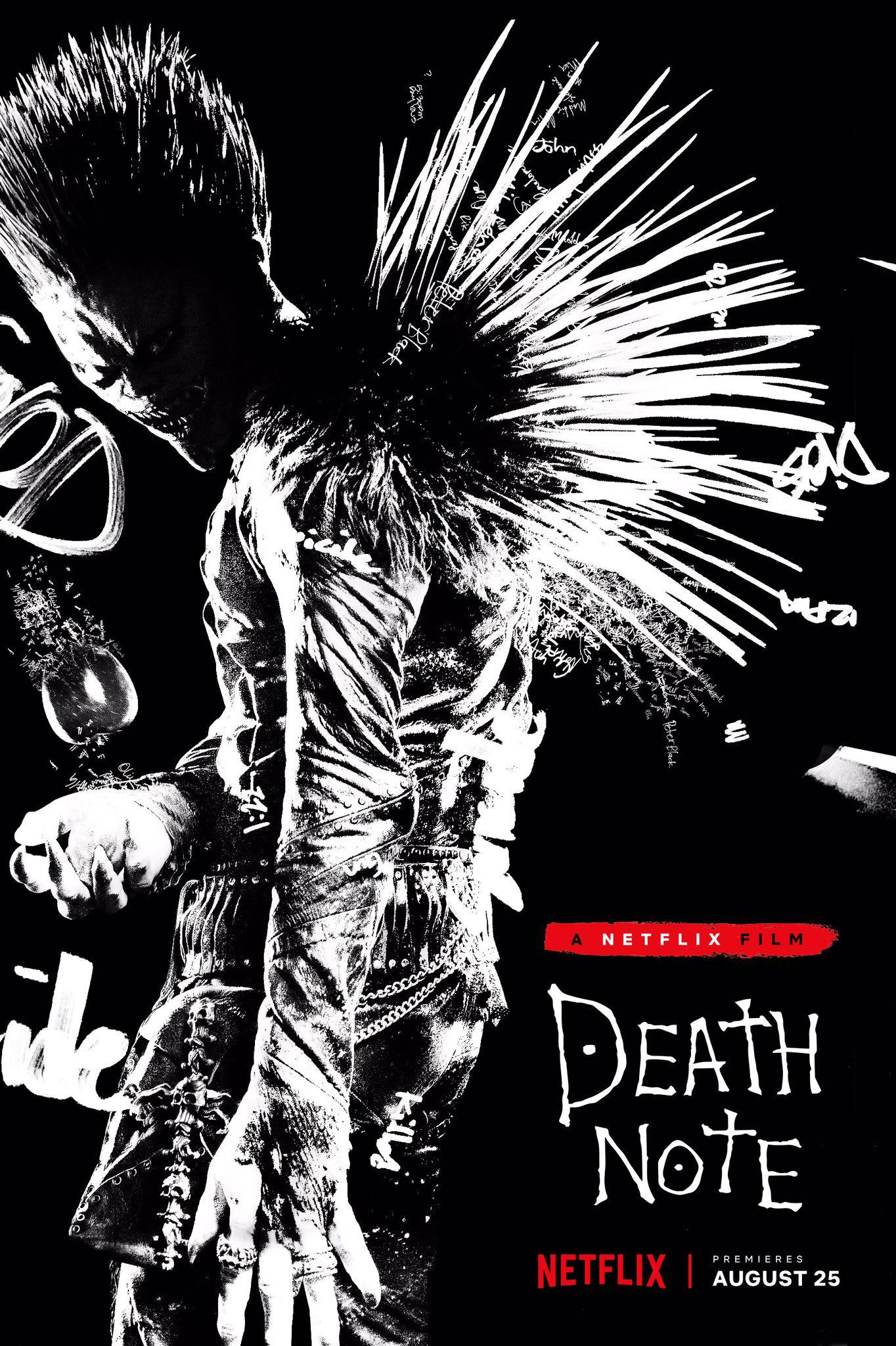
Your changes have been saved
Release Date August 25, 2017
Runtime 101 minutes
Director Adam Wingard
Writers Charley Parlapanides , Vlas Parlapanides , Jeremy Slater , Tsugumi Ôba , Takeshi Obata

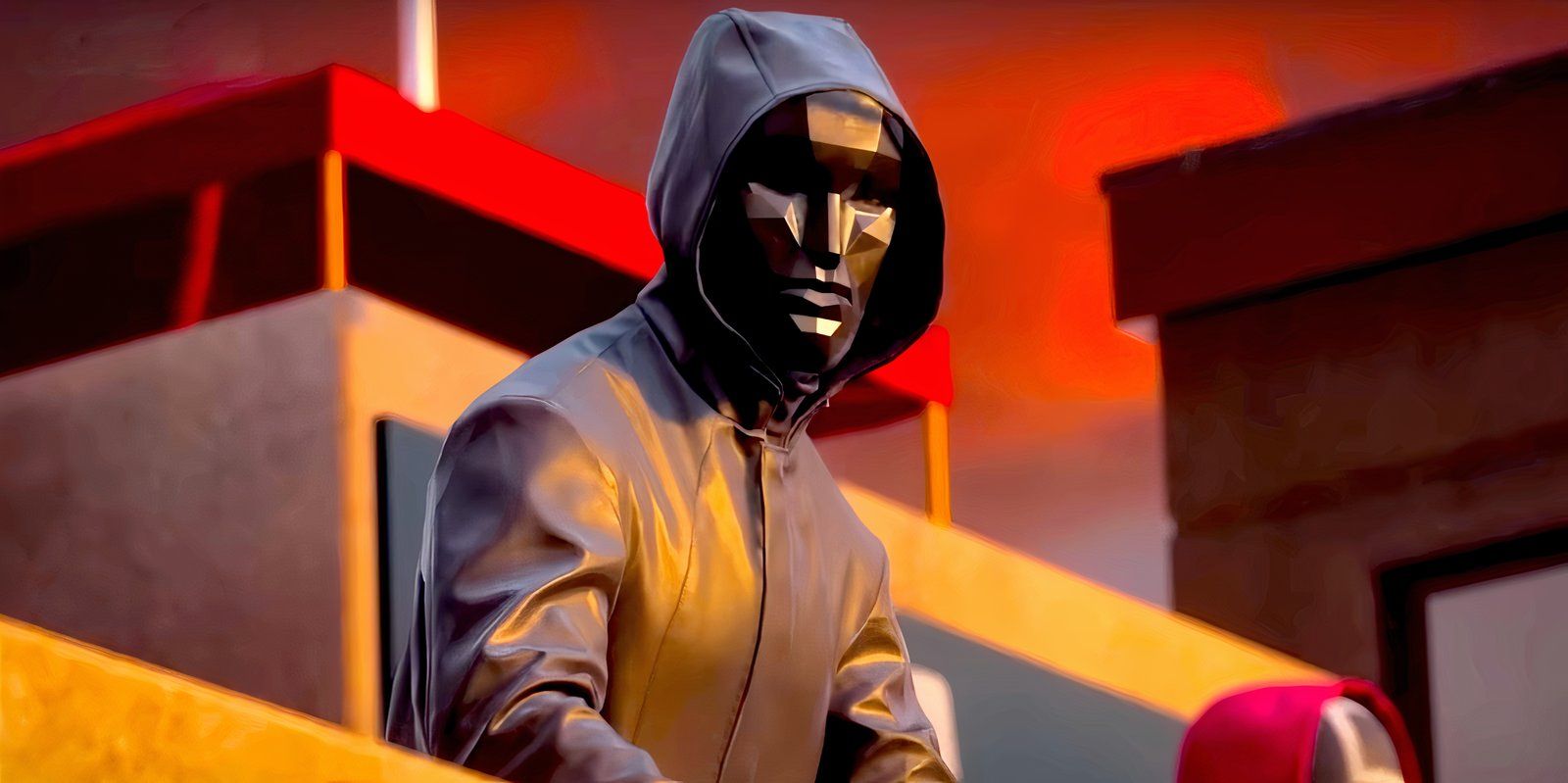
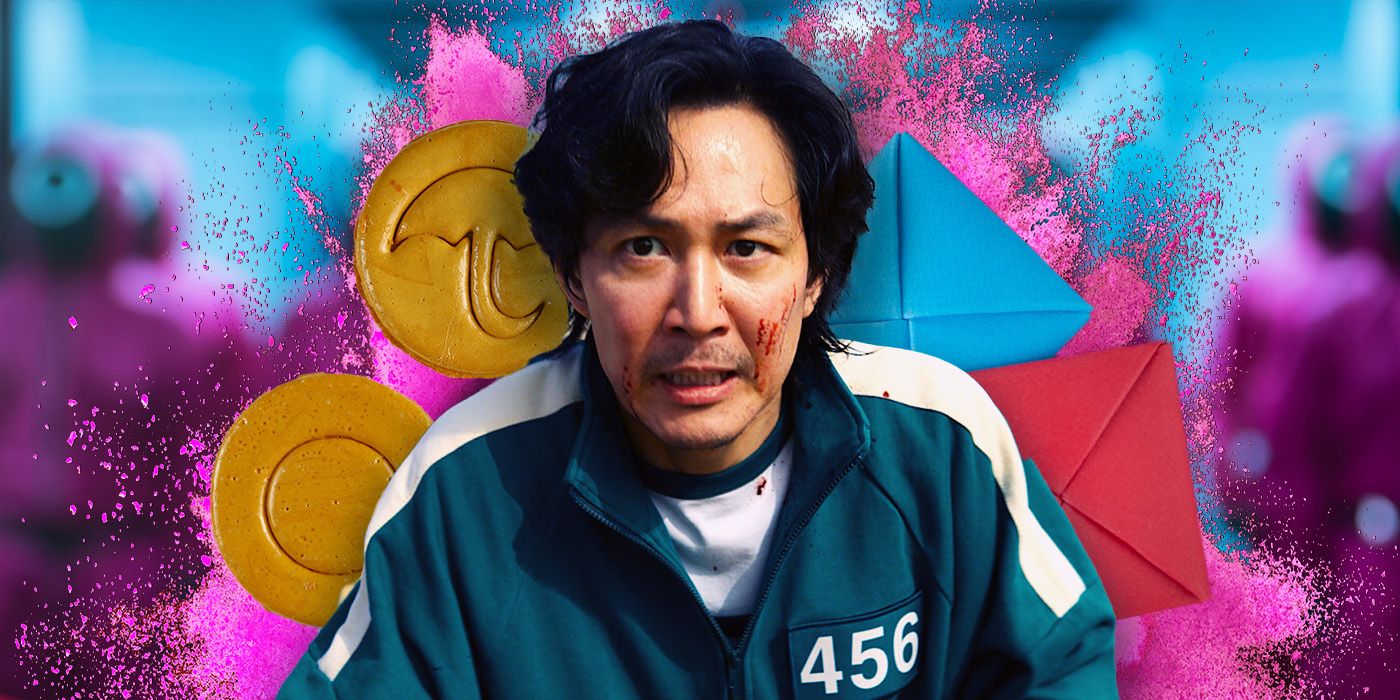
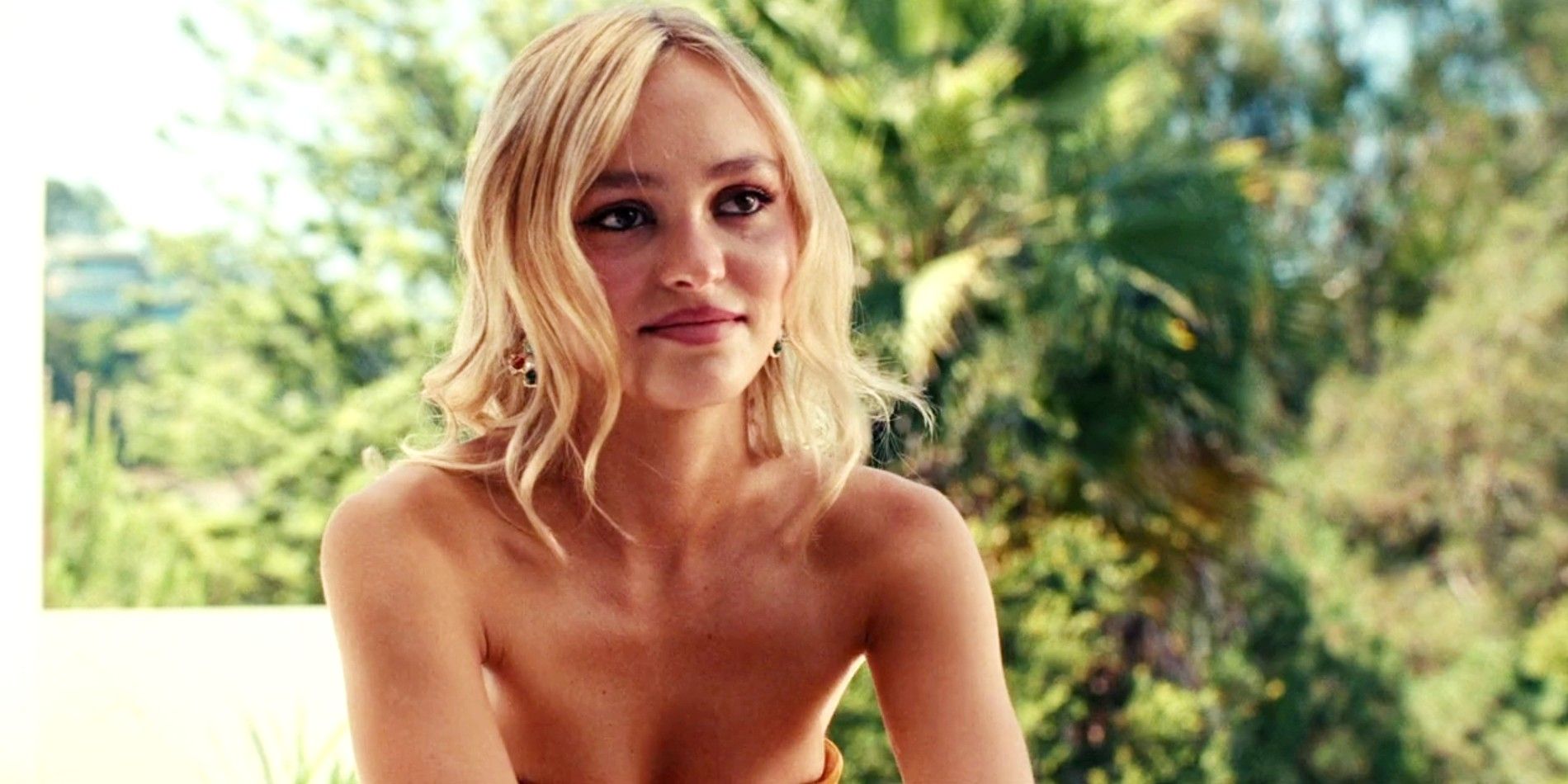





 English (US) ·
English (US) ·